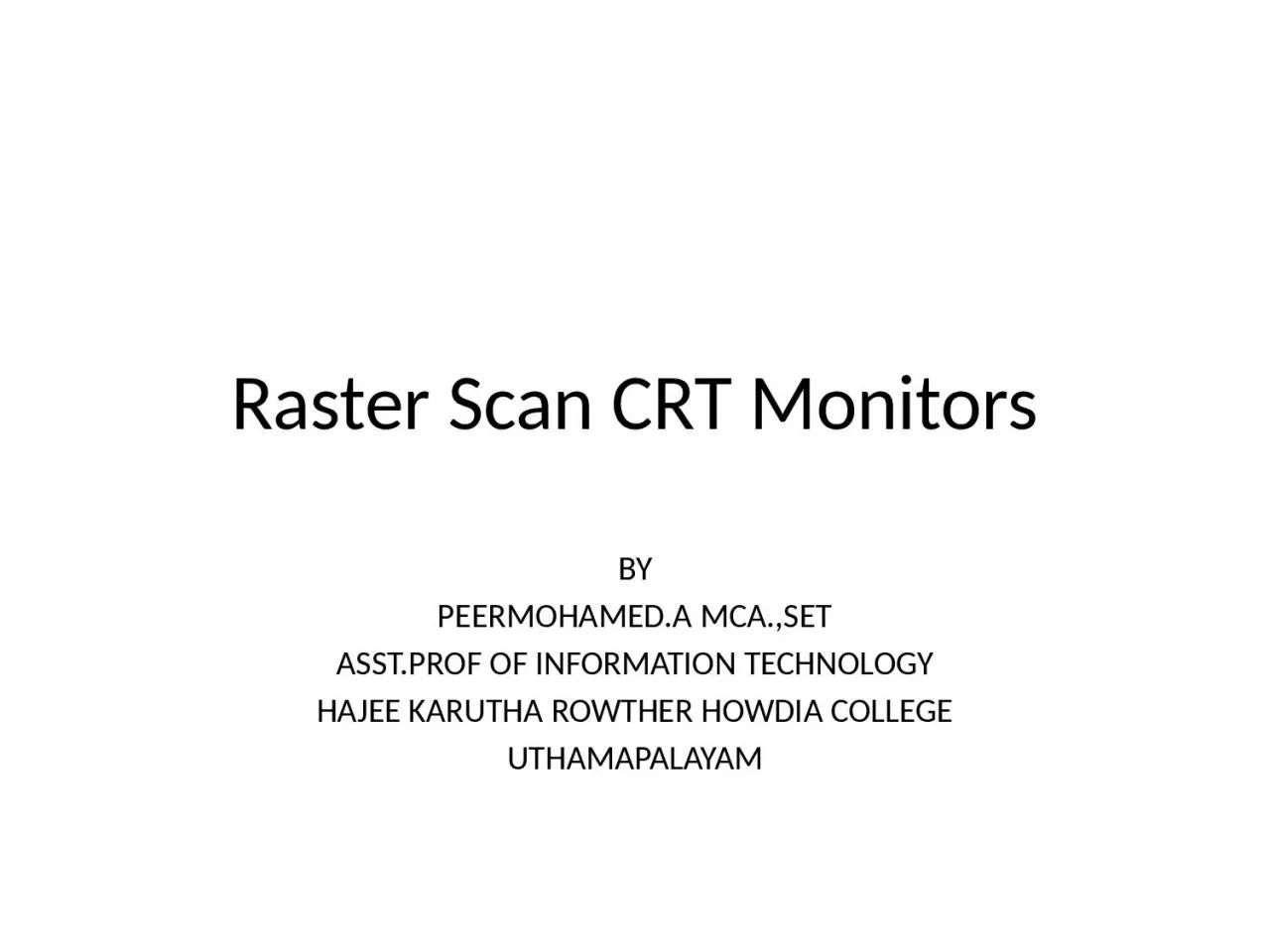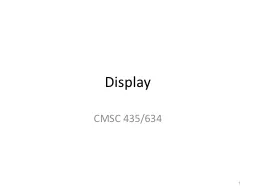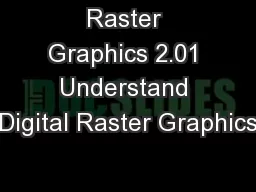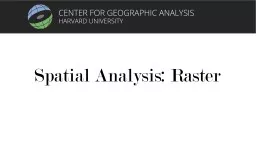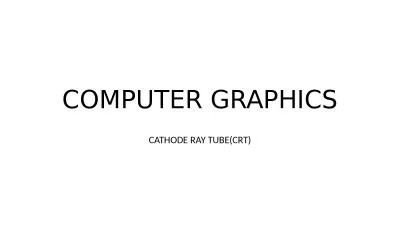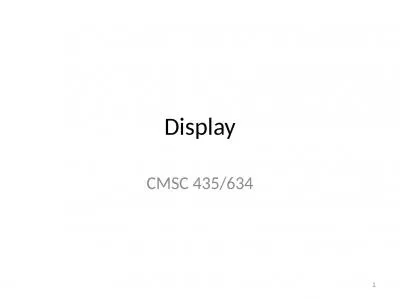PPT-Raster Scan CRT Monitors
Author : patricia | Published Date : 2023-11-11
BY PEERMOHAMEDA MCASET ASSTPROF OF INFORMATION TECHNOLOGY HAJEE KARUTHA ROWTHER HOWDIA COLLEGE UTHAMAPALAYAM Raster Scan CRT Monitors It is the most common and widely
Presentation Embed Code
Download Presentation
Download Presentation The PPT/PDF document "Raster Scan CRT Monitors" is the property of its rightful owner. Permission is granted to download and print the materials on this website for personal, non-commercial use only, and to display it on your personal computer provided you do not modify the materials and that you retain all copyright notices contained in the materials. By downloading content from our website, you accept the terms of this agreement.
Raster Scan CRT Monitors: Transcript
Download Rules Of Document
"Raster Scan CRT Monitors"The content belongs to its owner. You may download and print it for personal use, without modification, and keep all copyright notices. By downloading, you agree to these terms.
Related Documents

